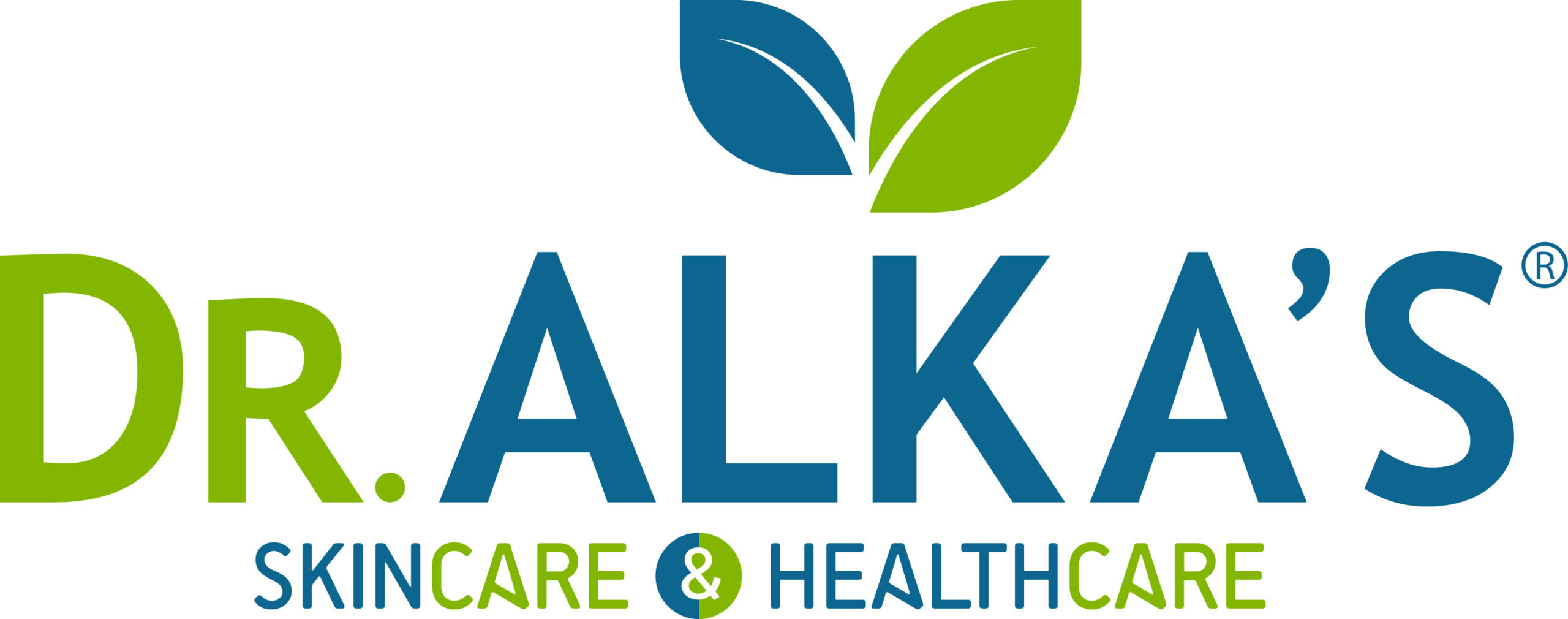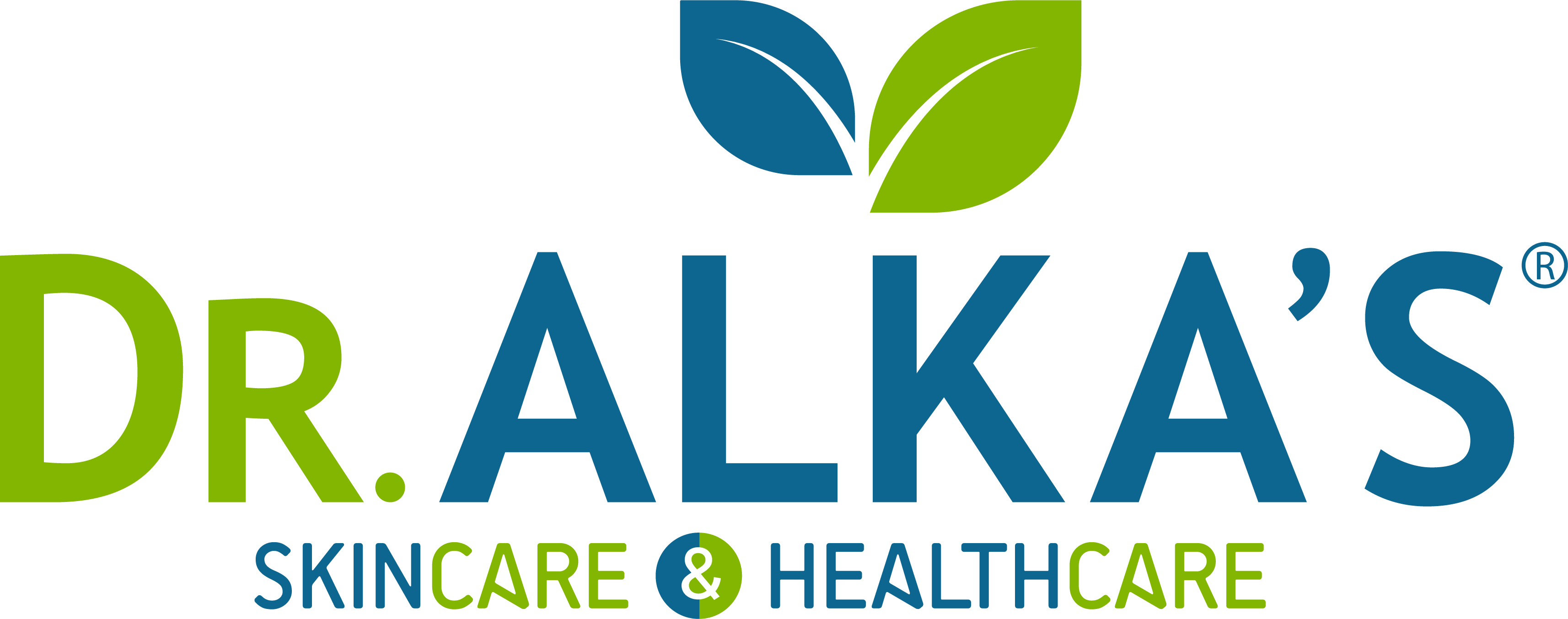Understanding Rosacea: Causes, Symptoms, and Treatment
What is Rosacea?
Rosacea is a common skin condition that usually begins with a tendency to blush or flush more easily than others. Over time, the redness may spread beyond the nose and cheeks to the forehead and chin, and in some cases, even the ears, chest, and back. While rosacea can affect anyone, it is most common in middle-aged women with fair skin.
Causes of Rosacea
The exact cause of rosacea remains unclear, but it is believed to be a combination of genetic and environmental factors. Various triggers can cause rosacea flare-ups, including:
Sun exposure: UV rays can trigger redness and irritation.
Extreme temperatures: Hot weather, cold weather, or wind can worsen symptoms.
Stress: Emotional stress is a known trigger for rosacea.
Certain foods and beverages: Spicy foods, alcohol, and hot drinks may trigger flare-ups.
Skin care products: Harsh or irritating products can aggravate rosacea.
Common Symptoms of Rosacea
Rosacea symptoms can vary from person to person, but the most common include:
Facial redness: Persistent redness, especially on the cheeks, nose, chin, and forehead.
Visible blood vessels: Broken or visible capillaries, also known as telangiectasia.
Bumps and pimples: Small, red, pus-filled bumps that resemble acne.
Eye irritation: Some people with rosacea experience eye problems, including dryness, irritation, and swollen eyelids (ocular rosacea).
Thickened skin: In severe cases, rosacea can cause the skin to thicken, especially around the nose.
Types of Rosacea
Rosacea presents in several forms, each with distinct symptoms:
- Erythematotelangiectatic Rosacea: Characterized by redness, flushing, and visible blood vessels.
- Papulopustular Rosacea: Often confused with acne due to red bumps and pustules.
- Phymatous Rosacea: Causes the skin to thicken and leads to a bumpy texture, often affecting the nose (rhinophyma).
- Ocular Rosacea: Affects the eyes, causing irritation and dryness.
How is Rosacea Treated?
While there is no cure for rosacea, the symptoms can be managed effectively with various treatments. At Dr. Alka’s clinic, we offer personalized treatment plans based on the severity and type of rosacea:
Topical medications: Creams and gels that reduce redness and inflammation, such as metronidazole or azelaic acid.
Oral antibiotics: In cases with more severe bumps and pimples, antibiotics like doxycycline can help reduce inflammation.
Laser therapy: Used to reduce visible blood vessels and redness by targeting the underlying dilated vessels.
Lifestyle changes: Avoiding known triggers, using gentle skincare products, and protecting your skin from the sun can help minimize flare-ups.
Managing Rosacea at Home
In addition to professional treatments, there are steps you can take at home to help manage rosacea:
Use sunscreen daily: Choose a broad-spectrum sunscreen with SPF 30 or higher.
Avoid triggers: Keep track of potential triggers and minimize exposure to them.
Opt for gentle skincare: Use mild, non-irritating cleansers and moisturizers.
Manage stress: Practice relaxation techniques like deep breathing, yoga, or meditation to reduce stress-related flare-ups.
Why Choose Dr. Alka’s Clinic for Rosacea Treatment?
At Dr. Alka’s clinic, we understand the challenges that come with managing rosacea. Our team of skincare experts is dedicated to helping you achieve clearer, healthier skin through customized treatment plans that address your unique needs. We combine advanced medical treatments with expert skincare guidance to help you manage rosacea effectively and regain your confidence.
Schedule Your Consultation Today
If you’re experiencing symptoms of rosacea or would like to explore treatment options, Dr. Alka’s clinic is here to help. Let us guide you towards clearer skin and a better quality of life.


